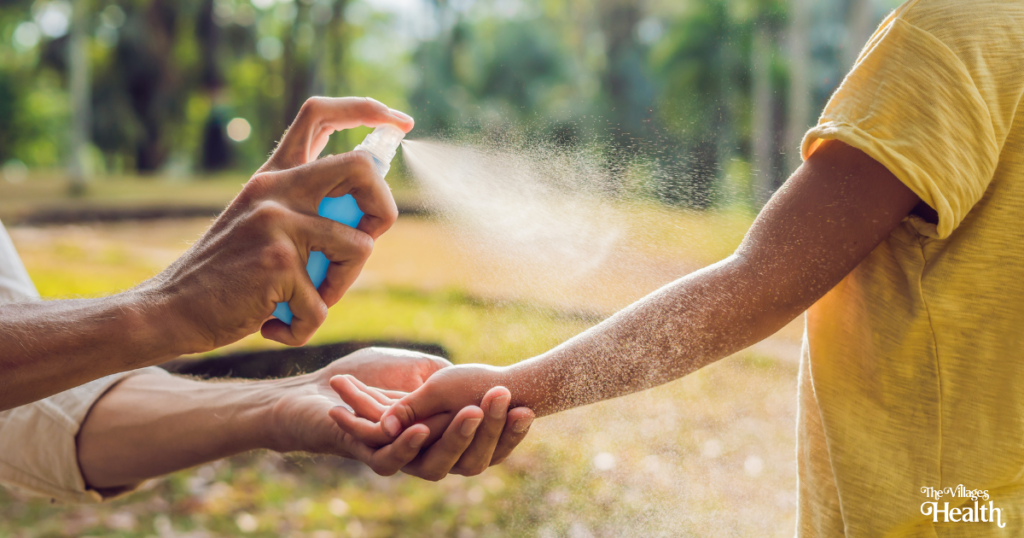
When it comes to aging, 80 is the new 50. Thanks to modern medicine and other factors, people have a far greater lifespan than in centuries past. In 1900, the average life expectancy was just 47 years, and only 68 years in 1950, according to Harvard Health. When it comes to the sexes, women have outlived men for over a century, and the latest data shows the gap is now roughly six years (with men living around 74 years and women around 80). But with a few simple changes, men can help close the gap and enjoy more vibrant health in their golden years.
How Men Versus Women Manage Stress
No one is a stranger to stress, and how we manage it may be helpful or harmful to our long-term health. After a hard day, or unfortunate setback, men are more likely than women to turn to alcohol or other negative coping mechanisms to help ease their stress. Poor habits like this can chip away the years and impact their health.
In a study by Tara M. Chaplin, associate research scientist at Yale University School of Medicine, women were more likely to say they were sad or anxious after a stressful event. Men, however, were prone to craving alcohol. According to Chaplin, the response “may be a learned behavior or may be related to known gender differences in reward pathways in the brain.”
While men may reach for a drink, women tend to reach for a friend. This fundamental difference is significant, as sharing our burdens or concerns often leads to positive outcomes and greater social support—which plays a tremendous role in the quality and length of our lives. Just like physical fitness, “social fitness” offers potent protective effects that can help us stave off major diseases, including coronary heart disease, arthritis, Type 2 diabetes, dementia, and many other conditions. A woman’s propensity to phone a friend, to seek solace when she is overwhelmed, or to simply lean into her emotional experience is a powerful stress-coping mechanism.
If reaching out is more often a woman’s way, the same applies to seeking medical care.
Medical Care Makes a Difference
According to the Centers for Disease Control and Prevention, women see their doctors more frequently than men, from young adulthood to midlife. This proactive approach might help manage or prevent certain health conditions. Simply being aware of our health status may also prompt us to take better care our ourselves.
Experts also believe that men may see mental illnesses such as depression and anxiety as a sign of emotional weakness and may therefore resist diagnosis and treatments. This can adversely affect the heart and immune system, and lead to insomnia, chronic pain, weight issues, relationship difficulties, isolation, and other problems.
“There is a greater societal acceptance of ‘emotionality,’ particularly sadness and anxiety, in women than in men,” Chaplin said.
Changing the Status Quo: How Men Can Make Better Health Decisions
Making health-minded decisions can help men change the status quo and lessen the longevity gap. Certain factors may not be feasible to change, but men can do other things to promote longer and healthier lives, including:
- Scheduling regular health check-ups with a doctor
In terms of living a long and robust life, relationships are the cornerstone—including the ones we share with family, friends, and ourselves.







